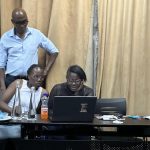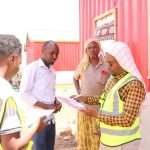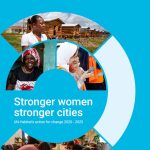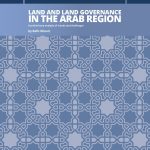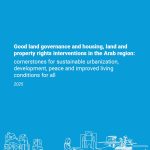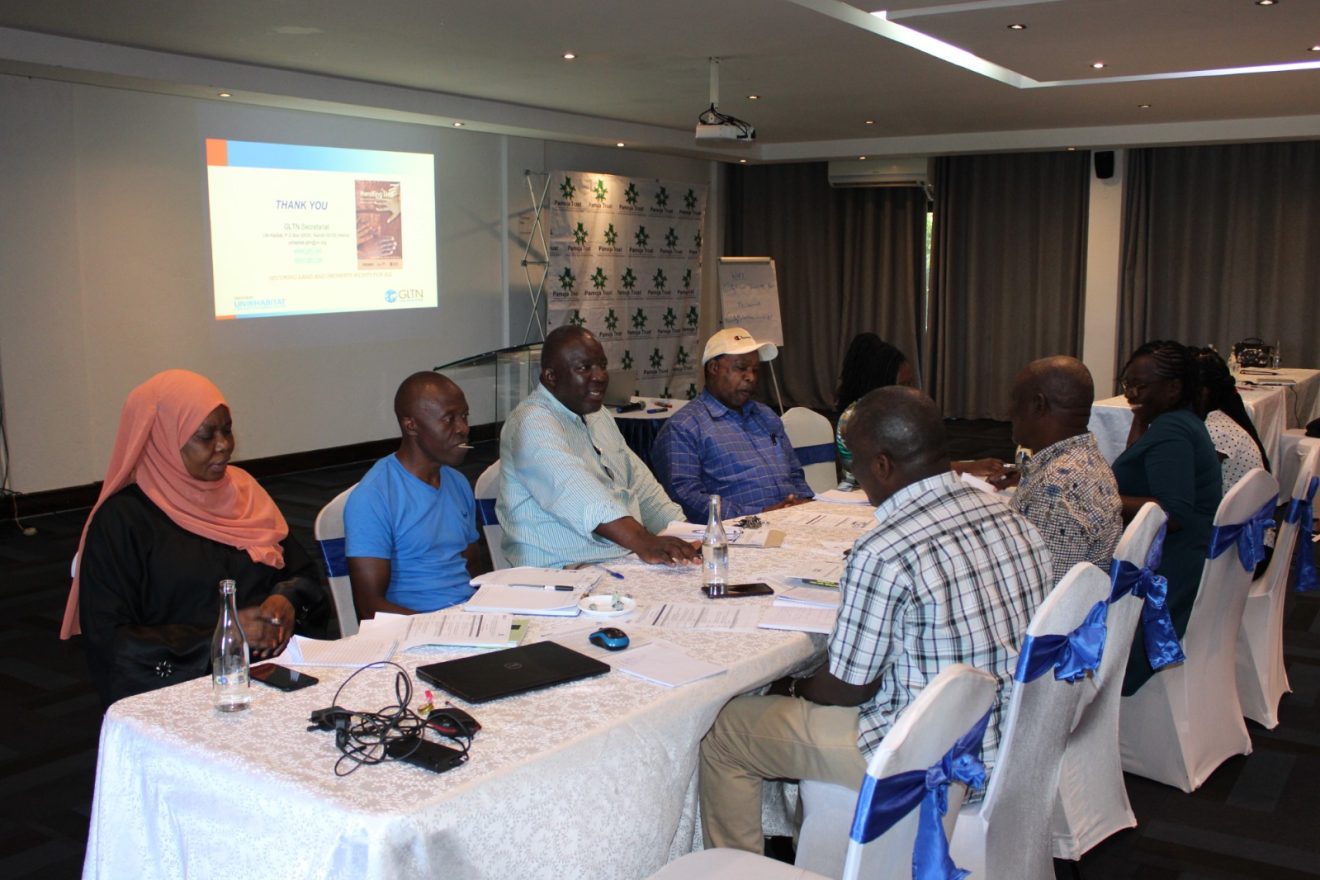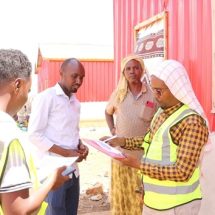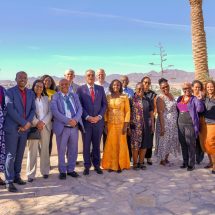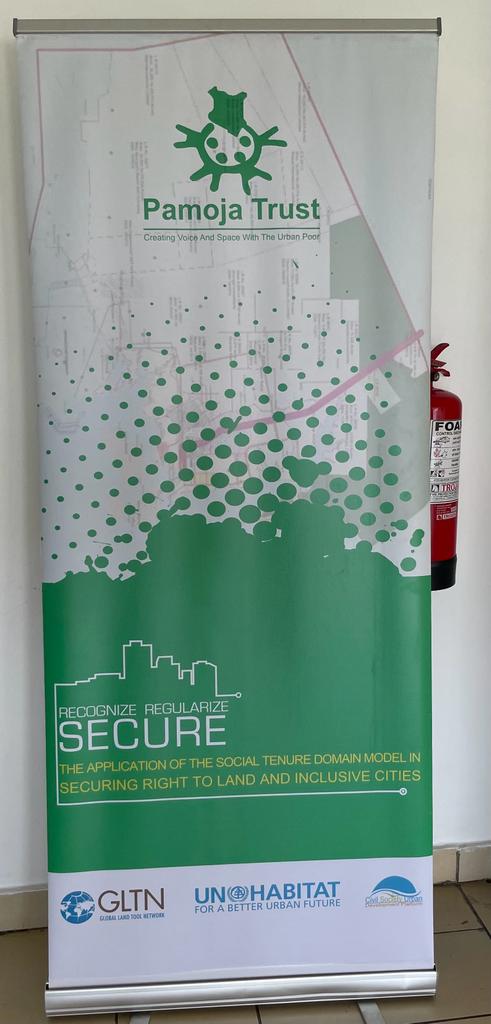
Pamoja Trust in collaboration with the Global Land Tools Network (GLTN) organized a 2- days’ reference working group meeting in Mombasa in the month of August 2023. The objective of the convening was centered on development of a step-by-step procedural guideline that can be used to support informal settlements register their land as community land in line with the Community Land Act (2016). This was informed by the project currently being implemented on “Piloting the application of the Community Land Act 2016 and its accompanying regulations in the urban informal settlements as a solution to the tenure insecurity challenge.” Present in the meeting were key stakeholders in the land sector from the Ministry of Lands Departments of Land adjudication and Planning, The County Government of Nairobi Urban Development and Planning sub sector, National Land Commission, Mombasa County Government Department of Land, Habitat for Humanity, Action Aid, Coast Sector Land Non-State Actors, Kenya Institute of Planners and community leaders from Kwa Bulo, Mnazi Moja and Mabatini settlements.
The two days’ discussions focused on the need to consider the application of the Community Land Act (CLA) in informal settlements, basing this on the past and present struggles to find a sustainable solution to tenure insecurity. The discussions further delved into assessing the institutional capacities of the mandated offices at the national and county levels in supporting the implementation of the Act in the informal settlements where challenges such as lack of nominated community land registrars were identified and the lack of submission of inventories of community lands in Nairobi and Mombasa counties. Additionally, participants took stock of the successes in implementing the Act in various places and the legal and regulatory frameworks creating a case for informal settlements tenure regularization through the Community Land Act. An opportunity in applying GLTN’s Social Tenure Domain Model (STDM) as a tool for creating the community register was identified. The capacity of STDM to provide accurate and reliable information about the bundles of land rights, community composition and spatial attributes was identified as essential in informing the development of the register. This also included its ability to guide on the design implementation and maintenance of the Community Land Register (CLR) from a technical, legal and institutional perspective.

To contextualize the discussions, context specific matters aligned to the current realities such as the regularization of the 288 acres’ Nubian land in Kibra was used to unpack the discussions, learning from its gains, challenges and processes being implemented. Community representatives from the pilot settlements where the project is being implemented – i.e.Kwa Bulo, Mnazi Moja and Mabatini settlements – shared their experiences and emerging challenges amongst which the question on enjoyment of individual land rights in a community land was identified and the place of customary right of use and occupancy. To bring the discussions to a close, a conceptual framework in the form of an ontological map was developed highlighting the step-by-step process a community interested could follow towards having its land registered under the Community Land Act of 2016.

